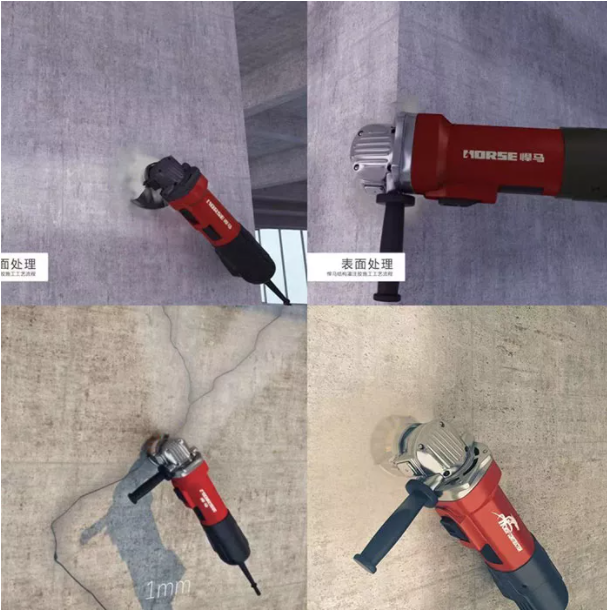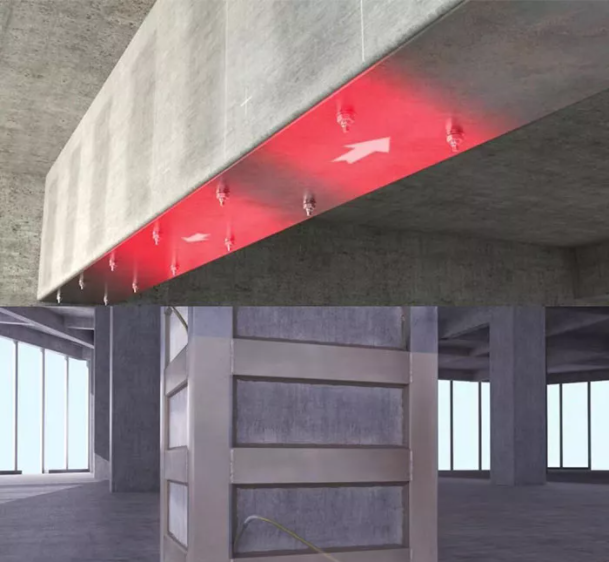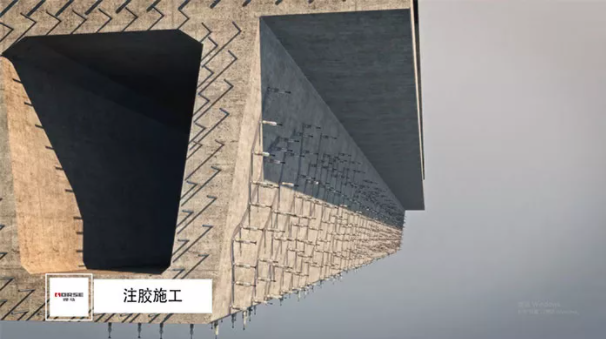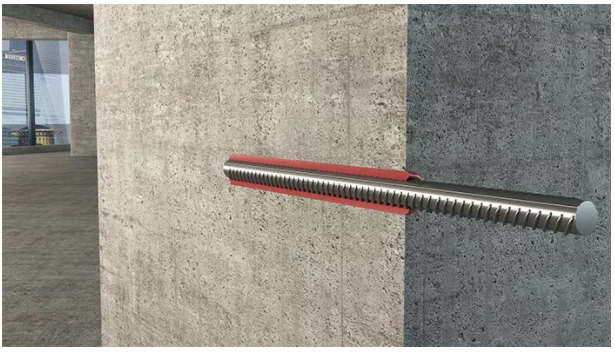Solutions
Horse Construction offers full range of structural strengthening materials with technical supports, documentation supports, products supports, project supports.
Refined The Whole Process Of Structural Reinforcement Strengthening
In order to ensure the quality and safety of the reinforcement project, it is necessary to carry out quality control on the whole construction process and construction acceptance. Now, HORSE has summarized and refined the key points of common reinforcement technology during construction, covering the entire process of interface processing, construction regulations, and quality inspection. I hope it will be helpful to you.
This summary is applicable to concrete structures, masonry structures and steel structure reinforcement projects.
Interface processing

Enlarge the cross-section: hammering with hammer; grinder or high-pressure water jet; manual chiseling of grooves.
Pasting fiber composite materials: smooth curved surfaces should be applied to the parts with step differences and internal corners; the edges and corners should be polished into rounded corners with a radius of not less than 25mm (outer steel not less than 20mm).
Primer coating: If the primer-free adhesive is used, the product and manual should be checked, and the coating can be exempted after confirmation by the supervisor. When the primer is dry, if there are bulges on the surface, polish it with sandpaper and brush it again. If the carbon fiber cloth is not pasted within one hour after drying, you need to wait 12 hours before pasting.
Drill anchor bolt holes: If you encounter steel bars, allow 2d to move and re-drill, and fill the waste holes with planting glue. (It is not allowed to change the position without authorization when planting the bar, and a change order shall be issued by the design)
Crack grouting: If there is no special regulation, it should be chiseled into U-shaped groove.
Construction regulations
1. Sticky steel (sticky steel glue)/outsourcing steel (pouring glue)

Anchor bolt selection: The anchor bolt for the fixed steel plate shall be chemical anchor bolts, and expansion anchor bolts shall not be used. The diameter of the anchor bolt should not be greater than M10; the buried depth of the anchor bolt can be taken as 60mm; the margin and spacing should not be less than 60 and 250mm. The anchor bolt shall not participate in the force of the glue layer.
Adhesive layer treatment: When laying down, the glue layer should be thick in the middle and thin at the edges; when sticking vertically, the glue layer should be thick at the top and thin at the bottom.
Error redundancy: the deviation of the center line of the externally bonded steel plate should not be greater than 5mm, and the negative deviation of the length should not be greater than 10mm.
Maintenance requirements: The curing temperature is not less than 15°C or low-temperature curing adhesive (sticky steel) is used. After curing for 24 hours, the clamp support can be removed, and the gel is cured for 72 hours.
2. Externally bonded fiber composite material/prestressed carbon fiber

Carbon cloth construction: In the case of multi-layer pasting, the lower layer can be pasted after the dipping glue is dry. If the delay exceeds 1 hour, you should wait 12 hours before continuing to paste.
Carbon plate construction: When laying down, the glue layer should be thick in the middle and thin at the edges; when sticking vertically, the glue layer should be thick at the top and thin at the bottom. The average thickness is 1.5~2mm.
Error redundancy: the deviation of the center line should not be greater than 10mm, and the negative deviation of the length should not be greater than 15mm.
Testing requirements: Paste the same composite material of 150x150mm for testing in adjacent parts.
Curing test: The hardness of the cured adhesive layer should be inspected to judge the curing quality.
3. Pressure pouring method crack repair (filling glue)

Glue injection process: If the width is 0.05~1.5mm and the depth does not exceed 300mm, a constant pressure syringe should be used to inject the glue; when the crack width is greater than 0.5mm and the trend is tortuous, machine-controlled pressure injection should be used.
Arrange the glue injection nozzle: when injecting glue into the syringe, the distance is 100~300mm; the machine-controlled glue injection time distance is 300~500mm.
Ventilation test pressure: The test pressure is equal to the injection pressure. When the injection nozzle air pressure reaches 0.5 MPa, if the injection nozzle does not ventilate, it should be re-embedded and the distance should be shortened.
Judgment of full filling: There is glue flowing out from the upper glue nozzle; the glue absorption rate is less than 0.05L/min within the applicable period.
4. Reinforcement (reinforcement glue)

Reinforcement position: It should be calibrated after laying out the line and detecting the position of the rebar. If it is disturbed by the original steel bar, the design unit should be notified to change the position of the planting bar.
Reinforcing bar welding: It should be carried out before glue injection. If post welding is really needed for individual steel bars, in addition to intermittent welding measures, the distance between the welding position and the top surface of the glue injection hole should not be less than 15d and should not be less than 200mm. At the same time, the exposed roots of the plant bars must be wrapped with multi-layer wet wipes impregnated with ice water.
Glue injection process: to the extent that a little glue overflows after the rebar is implanted; the construction method that the rebar is inserted into the hole from the rubber bucket with viscose is not allowed.
Reinforcing bar deviation: the deviation of borehole diameter, borehole depth and perpendicularity should meet the specifications.
You can find anything here you are in need of, have a trust trying on these products, you will find the big difference after that.

High strength, unidirectional carbon fiber wrap pre-saturated to form a carbon fiber reinforced polymer (CFRP) wrap used to strengthen structural concrete elements.

Two-component epoxy modified epoxy structural strengthening adhesive for bonded steel plate to concrete

Two-components modified epoxy resin adhesive, with high quality plastic tube, double cartridge package for anchoring